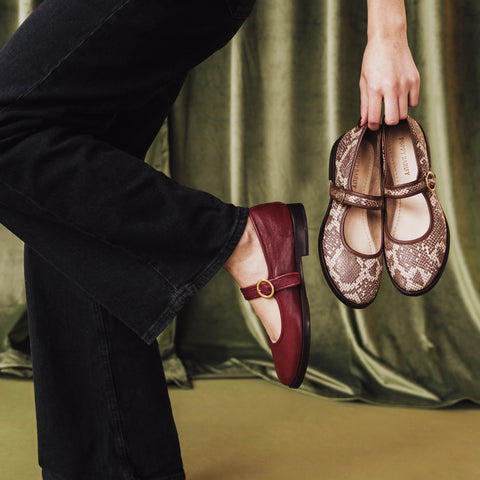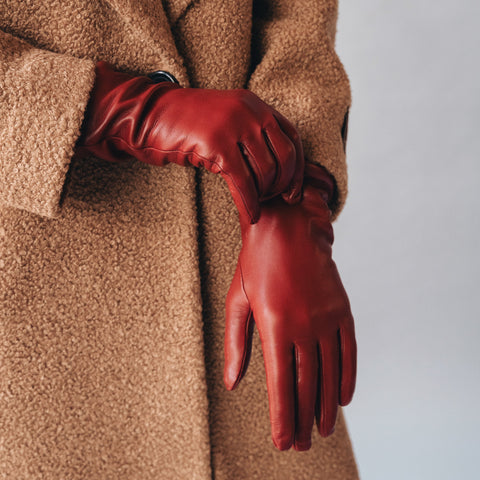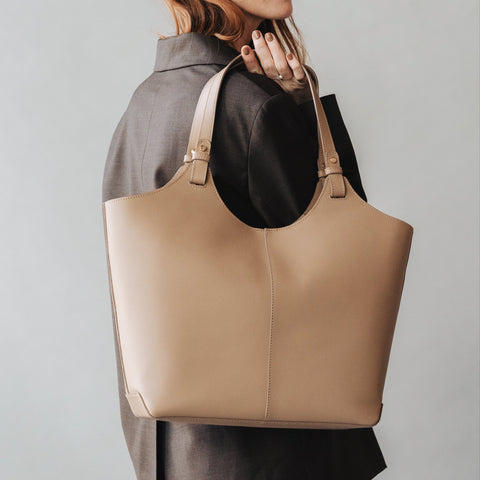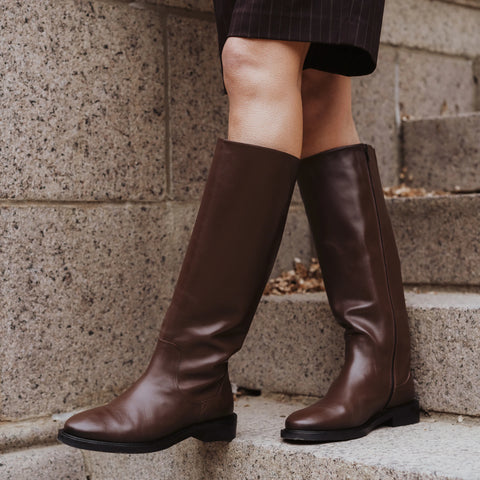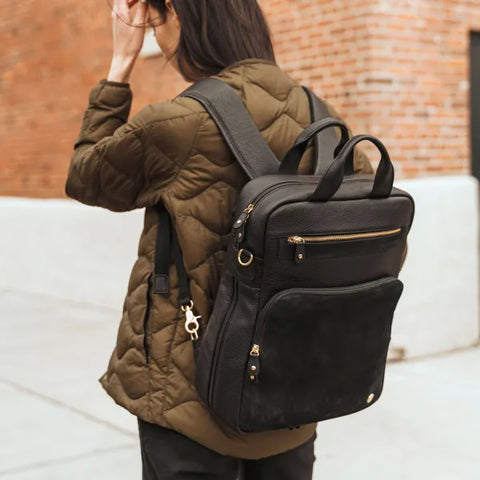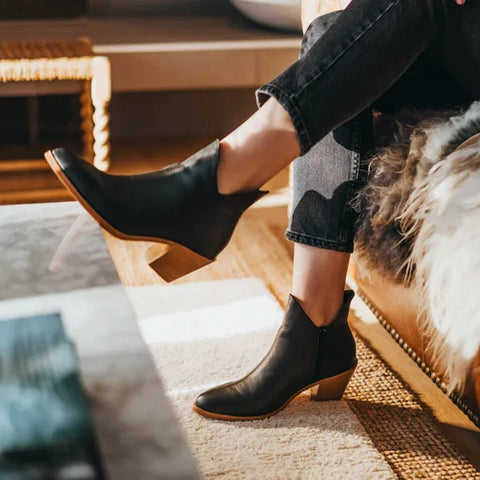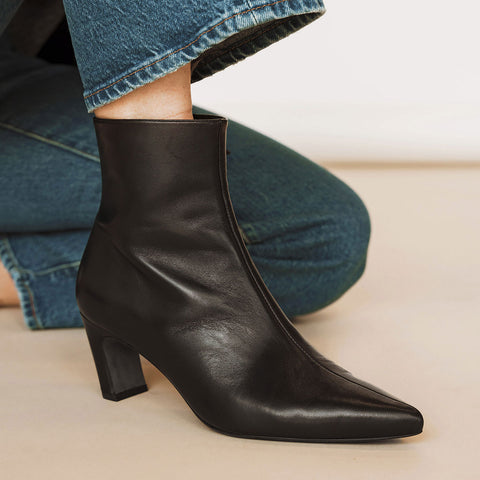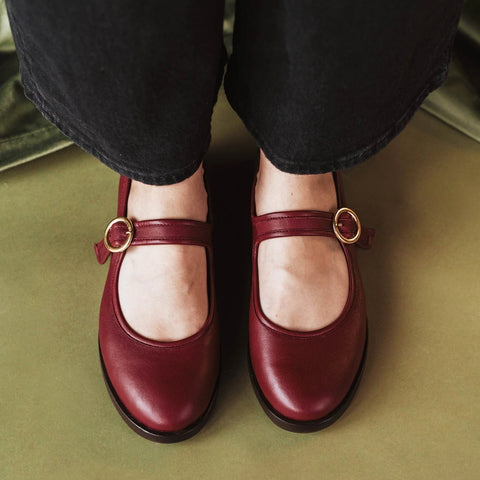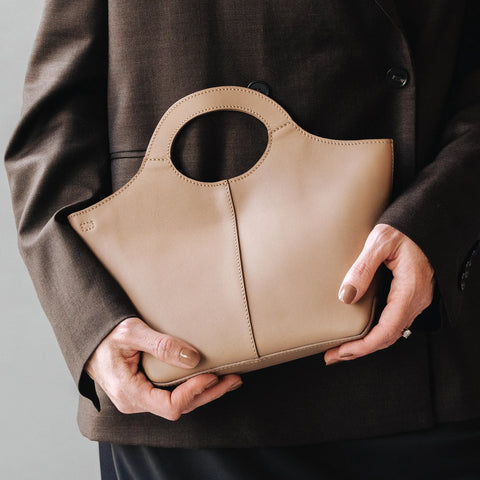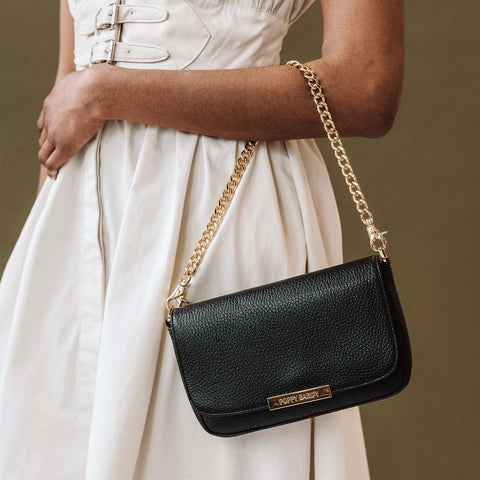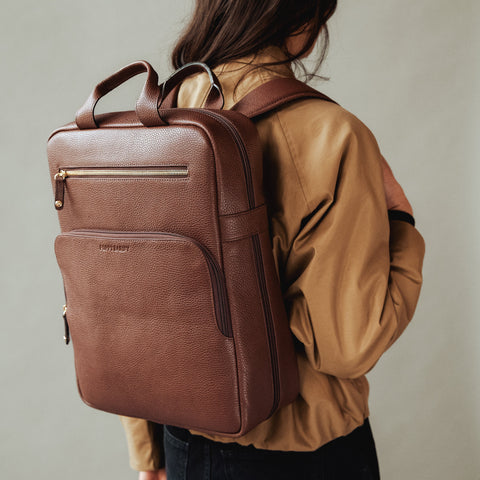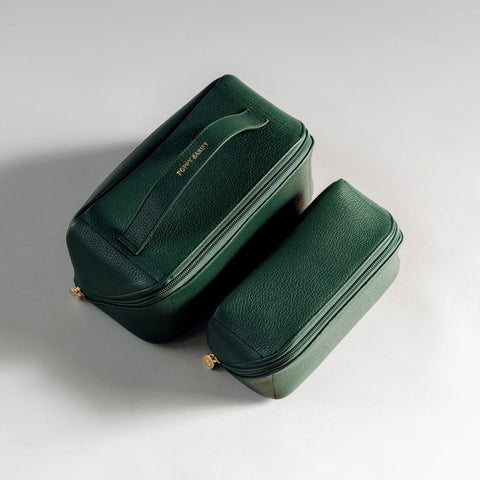Developing the Poppy Barley Flats Collection
Welcome to Part III of our four-part series, Creating Comfortable Shoes for Women: the Poppy Barley Flats Collection. (If you haven’t read them already, here’s Part I and Part II). Once we established our collection design objectives, we packed our bags in the throes of winter in January and flew south to sunny León to hand-select our essential components and bring the collection to life. 

Choosing Essential Components
Our first task in Mexico was to select “lasts” to give our shoes their shape. In choosing a last, the two important things to consider are toe shape and heel height. Every shoe, after being cut and sewn, is “lasted” by nailing the last into the shoe to mould it into your desired shape.  As you can see, some of the shapes are pretty distinctive: above is a last used to make shoes for a ballerina. Below, lasts for a Broadway reproduction of Aladdin, and a mini-last for an infant.
As you can see, some of the shapes are pretty distinctive: above is a last used to make shoes for a ballerina. Below, lasts for a Broadway reproduction of Aladdin, and a mini-last for an infant. 

 Ellissio is an expert in lasting and the man who helps us narrow down our selection (in a room filled with tens of thousands of lasts) based on our design drawings. If it weren't for him, we'd be lost!
Ellissio is an expert in lasting and the man who helps us narrow down our selection (in a room filled with tens of thousands of lasts) based on our design drawings. If it weren't for him, we'd be lost!  The first last is always hand-carved by an artisan. After the last is approved, however, factories use laser technology to input exact design specifications, and from there, “runs”of lasts are manufactured. (A last run is a range of sizes—each half size and different width requires a new last.)
The first last is always hand-carved by an artisan. After the last is approved, however, factories use laser technology to input exact design specifications, and from there, “runs”of lasts are manufactured. (A last run is a range of sizes—each half size and different width requires a new last.) 
Insoles & Soles
Next, we made a visit to our insole supplier to review our options for insoles. Based on the comfort and component research we’ve done, we knew we wanted a padded toe and heel pad, and built-in arch support. We reviewed our options and decided to make three test insoles—the first with gel and two others with varying Poron thicknesses. Once we selected our insoles, we made a visit to our sole supplier, where our intentions were clear: we wanted a leather sole with a texturized rubber heel and an injected rubber toe to ensure traction and stability (we promise, you'll never want to take your PB flats off). 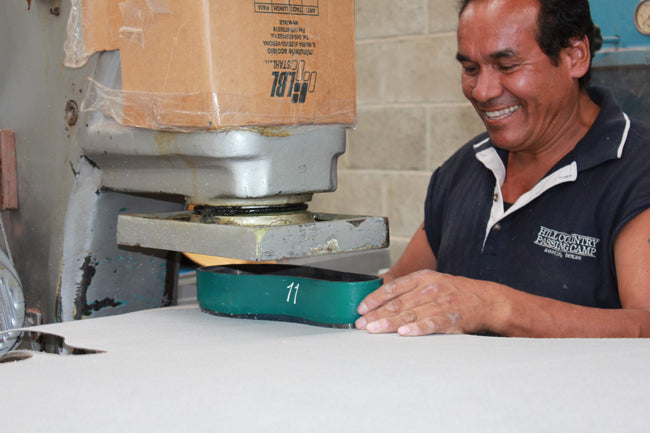
Tannery
One of the most fun visits we make in León is to our tannery, where we choose our inner and outer leathers (goat and cow, respectively). We work primarily with a family-owned tannery that moved their operations from Italy to Mexico more than a decade ago. Our tannery uses a vegetable tanning process, which is more environmentally friendly than traditional methods (we’ll expand on this later), and also produces softer, more luxurious leathers. This time we met with the whole family—Grazia, the mother, who works in reception, and brothers Vittoria, who oversees sales, and Caesar, who oversees production. An interesting thing about selecting leathers is that you're actually basing your decision on the finish, not the colour. We look at whether or not the leather is grainy or smooth, and how hard or soft it is. It’s also possible to select special finishes—like suede, nobuk, gold flake, or snake print replicas. After the finish is decided, the leather can be made into any colour of the rainbow.  Coming up, we'll share with you Part IV of our "Behind the Business" series, revealing the process to selecting hardware (and our picks for Poppy Barley's debut Spring 2013 Flats Collection), and how our customization options will allow you to "Be Your Own Stylist". Jump to Part IV
Coming up, we'll share with you Part IV of our "Behind the Business" series, revealing the process to selecting hardware (and our picks for Poppy Barley's debut Spring 2013 Flats Collection), and how our customization options will allow you to "Be Your Own Stylist". Jump to Part IV
